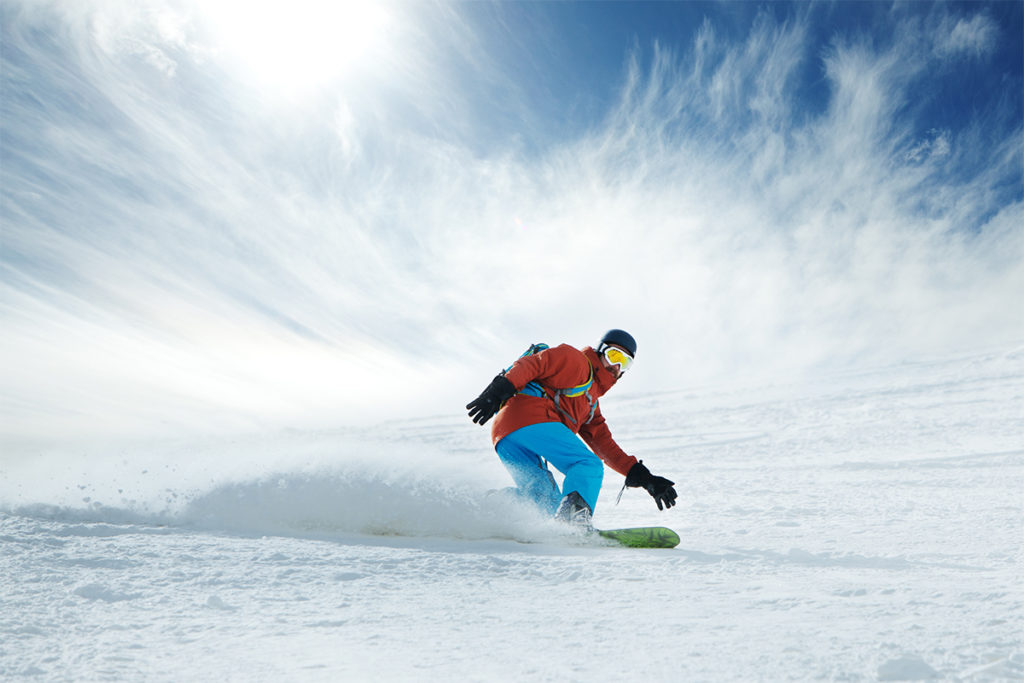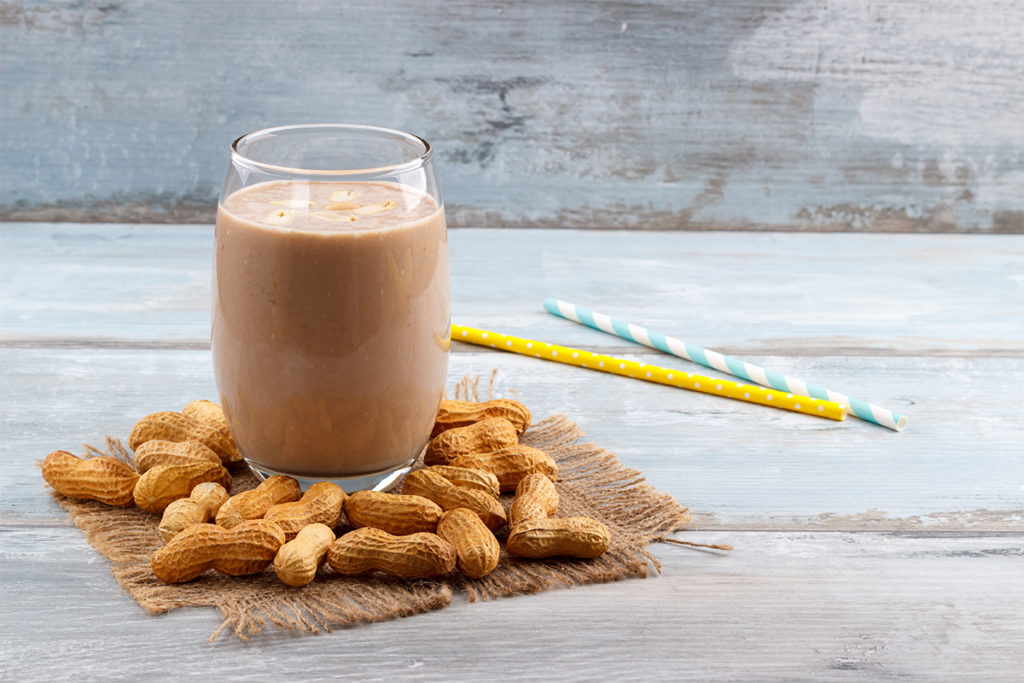Exercises for Snowboarding
Prevent injuries by preparing in advance for a fun winter season.

Snowboarding has become one of the fastest-evolving and most popular winter season sports. The impressive combination of power, velocity and technique make this activity appealing to both recreational riders and high-level competitors. But speed, terrain, gravity and the unique snowboard stance also create the potential for injury.
If you snowboard, make sure you understand how to prevent injuries and get your body in shape before participating in the activity. Since snowboarding is a seasonal sport, you may be coming off an 8-month hiatus.
Catherine Logan, MD, MBA, MSPT, orthopaedic surgeon and former personal trainer and physical therapist, gives suggestions on how to prepare for the season.
Risks for Novice Riders
Beginners and recreational riders see more upper-extremity injuries because they use their hands to arrest falls. Among novice snowboarders, wrist sprains, fractures, cuts and bruises account for the majority of injuries on the mountain. Beginners (first 5 days on a board) and board renters are more prone to injury (Rønning et al. 2001). While collisions are rare in snowboarding, they do occur, producing head injuries and concussions.
Be sure to take preventive measures like using wrist guards and a helmet, which are known to be effective (Rønning et al. 2001; Wijdiks et al. 2014). Also, proper falling techniques, such as using the forearms to break a fall and keeping the hands in a fist position, may prevent upper-body injuries.
Proper Conditioning
Snowboarding injuries often result from lack of physical fitness, inadequate skill, poor trail or park conditions, collisions, or improper equipment (Bianchi & Brügger 2015). Snowboarding requires muscular endurance, flexibility, strength and balance. Opti-mizing physical fitness can prevent the more common injuries.
Tschana Schiller, senior strength and conditioning coordinator for the U.S. Ski and Snowboard Team, recommends a variety of full-body multijoint pushing and pulling exercises for pro snowboarders. “These athletes need to be strong in large ranges of motion,” she says. “Not only do they need to be powerful and produce force, but probably equally or more important is their ability to arrest force.”
When training Olympic and elite snowboarders, Schiller uses a mix of eccentric and concentric movements. While the athletes practice appropriate landing mechanics, they may also have to maintain control when their body gets pulled off axis. “We utilize exercises such as squats, deadlifts and hex bar deadlifts, multidirection lunges, step-ups, plyometrics, Olympic lifts and variations, pullups, pushups, and exercises that train the torso to resist rotation or collapse, as well as accommodate forceful rotations,” Schiller says. Exercises also incorporate balance and proprioception, if possible, to create a more dynamic environment.
What You Can Do
As a recreational snowboarder, you can gain inspiration from the pros by beginning training before the season—preferably in the summer months. Hip, gluteal and core strength are the keys to a strong foundation for riders. Be careful about neglecting the hips and glutes in favor of the quadriceps. Hip weakness may cause the knees to collapse toward the midline and increase the risk of ligament injuries.
You also need multiplanar full-body movements in your conditioning regimen. Once a good foundation of strength is demonstrated through proper form, use dynamic movements that require you to create force or resist it rapidly. Build on basic exercises, such as squats. For example, add velocity and complexity with high-speed repetitions, ball tosses and unstable surfaces. Work with a qualified, certified personal trainer with expertise in snowboarding to help create an appropriate exercise program for you.
PRO TIP
In addition to muscular strength, endurance and balance, flexibility is important for snowboarders. To improve flexibility, do a short sequence of yoga-inspired movements and holds. Tschana Schiller, senior strength and conditioning coordinator for the U.S. Ski and Snowboard Team, recommends a series that includes hip openers, thoracic spine rotations and shoulder mobility exercises. Self-massage and foam rolling may also help.
References
Bianchi, G., & Brügger, O. 2015. National strategy for preventing injuries from skiing and snowboarding in Switzerland. Schweizerische Zeitschrift für Sportmedizin und Sporttraumatologie, 63 (2), 6–12.
Rønning, R., et al 2001. The efficacy of wrist protectors in preventing snowboarding injuries. The American Journal of Sports Medicine, 29 (5), 581–85.
Wijdiks, C.A., et al. 2014. Injuries in elite and recreational snowboarders. British Journal of Sports Medicine, 48 (1), 11–17.





